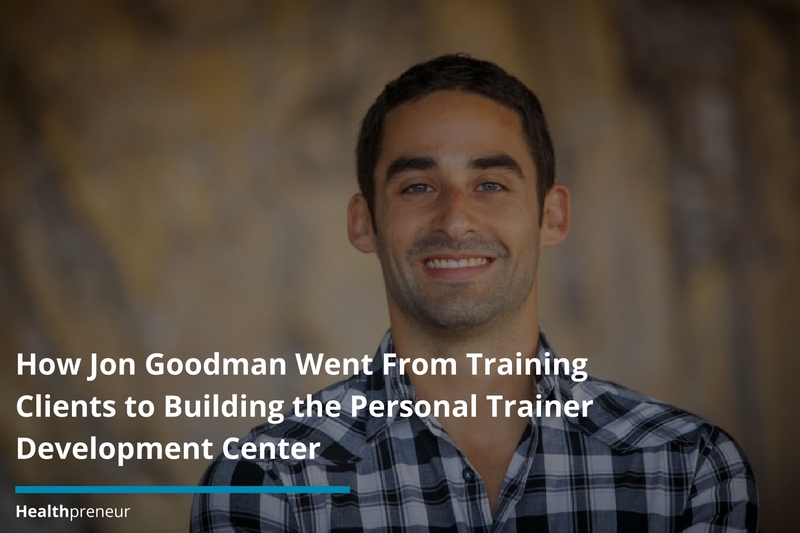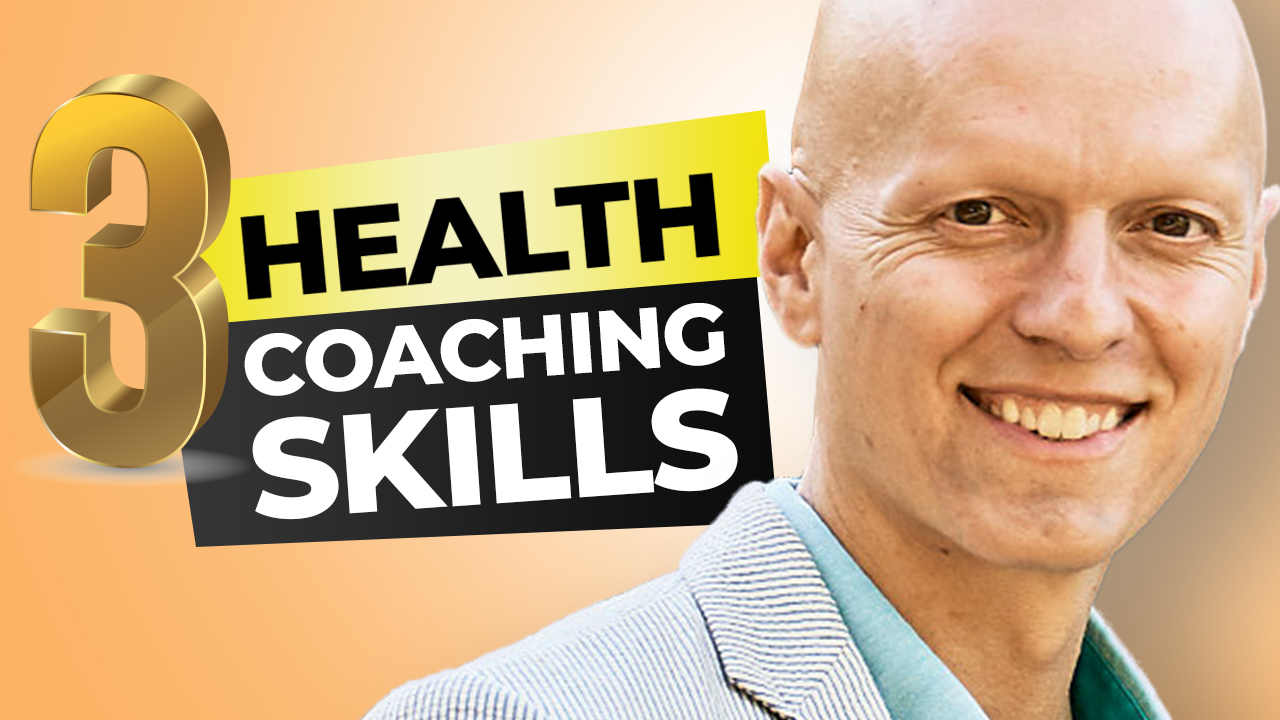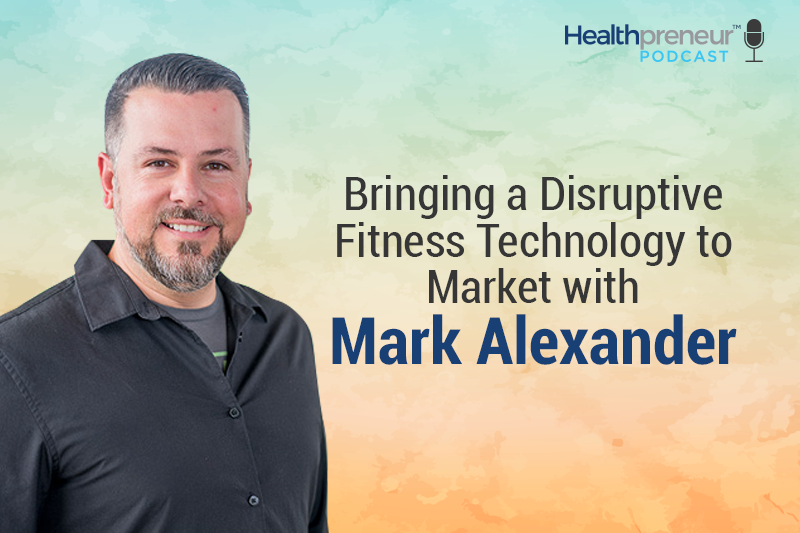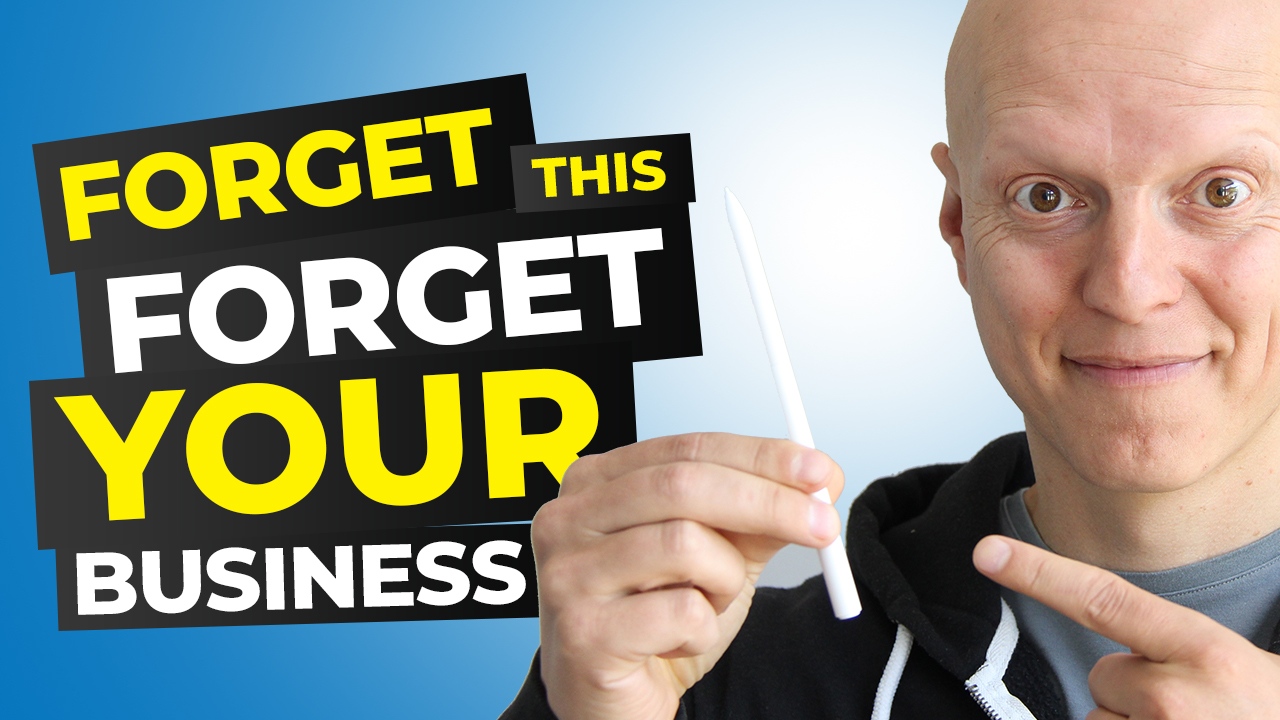How Jon Goodman Grew The Personal Trainer Development Center From Idea to Industry Hub

If you’re a personal trainer or fitness professional spending much time online, chances are you’ve heard of Jon Goodman.
He is the founder of the Personal Trainer Development Center and he also just launched a major online training certification.
And he has done it all through consistency, collaboration, and keeping true to his message.
In this post, I talk to Jon about how he went from a personal trainer trading time for money to operating a major industry hub.
Creating The Personal Trainer Development Center
Yuri: Jon, let’s talk about about how you built your business and the role that content has played in it, along with some insights that I think can help entrepreneurs.
But first, it would be great if you would outline for us a little about your business: what your business is, what it does, and who it helps.
Jon: I own a business called Personal Trainer Development Center. It helps fitness professionals make a little bit more money and work a little bit smarter.
We focus more on the business aspect of fitness, versus actually teaching people how to bench press or work out.
And we’re content-based – we’ve been a collaborative blog since 2011.

Yuri: Why did you decide to go into the B2B (business-to-business) space, teaching other fitness professionals how to become more proficient at their jobs, as opposed to going the route of helping people lose weight?
Jon: Good question. I was a trainer for about eight years. I really didn’t know even what the B2B space was when I started the Personal Trainer Development Center. But starting it was kind of one of those things that just felt right at the time.
I was 24 years old and looking for a way to make a little bit more money as a trainer, because trainers often reach a point where they’re looking to bounce off night and day, and trading time for money.
For some reason the idea struck me to write a book for trainers. At that point, I was mentoring trainers and stuff like that, but the decision to write the book kind of came out of nowhere.
That book was probably the fifth project I had taken on; the first four had failed – earlier, I’d operated a smoothie joint and pursued other weird stuff like that.
The book seemed like the right thing. At that point, I didn’t even know what content was; I didn’t even know what a blog was or do any research. I just kind of wrote the book and then thought, “I need a way to get people to know about my book.”
And the next thought was: “I’ll make a website! That’s how you get people to know about stuff.”
I realized pretty quickly I didn’t know very much, but a lot of other people know a lot about a little bit. It just made sense to me to get those other people involved in my thing.
It turned collaborative pretty early on, and it kind of grew from there.
Collaborating for Quality Content
Yuri: You chose to go more of the publishing route with your Web site.
You write some awesome stuff, and you have other contributors writing as well. Why did you decide to go that route?
A lot of entrepreneurs are like, “I can’t come up with all this content. I don’t want to have to write every single day. How do I keep things organized?”
Why did you decide to go that route?
Jon: It was a combination of me saying, “I only know so much. There are other people who know awesome stuff. Why not just get them to share it and give them a platform to do it?”
I recognized a lot of people had individual blogs and had good pieces of information for trainers, but there wasn’t one central point to share it all in one place.
The other piece of the puzzle is that the best way to grow a community is to get as many people as possible involved in – and let them benefit from – that community.
Creating the PTDC as a place where everybody wins – the reader wins, I win, and the contributor wins – by being a part of it kind of just evolved naturally, but now, knowing what I know, I wouldn’t do it any other way.
Yuri: What did life look like before you started this business, and how has it changed as a result of this business?
Jon: Life has gone in a direction I’d never anticipated or even hoped for. This was not part of a master plan.
I went to University of Western Ontario, where I earned kinesiology degree, working as a personal trainer from my second year on. And I worked at the university gym years before I started training full-time.
I was a trainer for about nine years. Like a lot of trainers, at about 24 or 25 years old, I was full with clients.
And I was managing trainers and helping to hire trainers and other similar tasks, as well.
That meant I was working from 6 or 7 a.m. until 9:30 p.m, basically without really a break. Or if there was a break, it was to knock back a blended chicken-and-broccoli drink – which is disgusting.
Cut forward to now: I’ve spent the past four winters away and I’m about to go away on my fifth winter.
I’m also married now and I’m going to have kids pretty soon.
I have built the life I always knew I wanted, but I didn’t know how I was going to get it. Where I’m still able to work with and help people, and spread fitness and health and nutrition but kind of in a different way, where I can dictate my lifestyle.
I’m not reactive; I’m much more proactive.
Yuri: That’s a beautiful thing to have. If you guys can see behind us, this is a lake that’s frozen in the winter. Jon, you’re out of here at wintertime, which is amazing.
Jon: I’m wearing long pants right now and it’s getting cold, so I’m getting out of here soon.
Still Serving, But in a Different Way
Yuri: And that’s not something you can do if you’re training clients 10 to 12 hours a day.
We come from very similar backgrounds from that perspective. I’m sure if you’re watching this, if you’re a trainer, if you’re a clinician, if you’re working one-on-one with people, that’s the biggest dilemma: You want to serve, but you’re limited by the number of hours you can work, and you just don’t have the freedom.
Jon: And don’t get me wrong. I miss training clients. I wish that I could still do it for five to ten hours a week, but it’s just not the kind of job you can do for five or ten hours a week.
It’s not fair to the clients. I wouldn’t do a good job, and I haven’t evolved in the way that I have in the business sense in my fitness knowledge. I would be behind now if I were to do it.
But I do miss it; it’s not like I stepped away from it because I knew that I didn’t want to do it; that was never the intent.
Yuri: Looking back, what was a failure or obstacle you had starting your website, starting to develop some of the content, maybe something you were apprehensive about?
What was that and how did you overcome that?
Jon: It was consistency. Consistency and reliability of content is, for me, still the most important thing.
Since March 2011, we have published an article on the PTDC every Tuesday and Thursday at 8 p.m.
Back then, when I didn’t have a ton of content and was writing most of it myself, it was harder to acquire it. I put such immense pressure on myself, even though there were 20 readers, to get something out at that time.
I guess always I knew that if you can create this kind of pattern that people look forward to, even before people are there, then it’s just going to work for you in the future. There was a ton of pressure back then, but it forced me to plan and strategize my content acquisition and publishing and editing a lot better.
Content Publishing Process
Yuri: That’s great info for some of our readers who might be running their own show because they’re a one-person team.
For you, what does the content side of your blog look like? You’re not the one, I’m assuming, editing and looking at every single article coming in. Who are the key people involved, and is this something you can do as an individual starting off?
Jon: To preface what I’m about to say, I did this by myself for four years. We have a much more thorough process now. We have two categories of content; we call it long-term and short-term gain.
Short-term gain, we’re basically not doing anything with search engine optimization (SEO); we’re basically trying to get a lot of views in a short amount of time.
What we do pretty much there is syndicate. We’ll find a fantastic piece of content somewhere else. I have enough relationships in the industry where I can use, with permission and at my discretion, thousands of articles and videos, just repost them.
I give the author $100 when we use it.
That piece of content then goes to the person who oversees my content. That person takes the content and gives it direction, gets it new images or whatever it needs, reformats it, and gives it a new title, and then publishes it.
Then we have somebody who’s in charge of content strategy, who gets that content out.
That’s short-term.
Long-term is a little bit different. We aim for two long-term pieces of content a month and that’s SEO-driven.
We have an SEO team who looks for opportunities within our target demographic, depending on what we want to accomplish.
They give us an opportunity – a keyword or something like that – and we have a pool of writers who then go out and write a very thorough objective piece on that topic based on our instructions that have to do with SEO.
The SEO team then comes in and does what it needs to do with it in terms of making sure the keywords and related issues are in place.
We publish it to the blog, and then once it’s published, the SEO team works to get links back.
We’ve got people on our team, blogger accounts, and stuff like that – places like Huffington Entrepreneur – so if we need links back to content with specific anchor text, we can usually get it pretty quickly.
The process, more or less, is: the content comes in according to the content calendar, so that we’re usually two to three months ahead; and then we have an art director who helps with the imagery; and we have a formatter who takes the Google doc and puts it on the Web.
Understanding Your Mission
Yuri: Excellent. So, consistency was the big fear; you overcame that initially by yourself, having to use that to strategize and think a little bit further ahead.
That’s a big thing. I know that we’ve had a lot of questions about that. People fearing not being consistent, not being good enough with their content.
As you can tell, Jon’s done an amazing job. The PTDC gets hundreds of thousands of visitors a month, which is amazing.
What is one thing that you think has helped separate or elevate your blog and your content above everything else and really stand out in this marketplace?
Jon: I think it was an ardent focus on our positioning, on what we’re trying to accomplish, and on who we are and who we’re not.
We are a blog, a community, of fitness professionals, generally for professionals with one-plus years of experience.
We don’t talk about what exercise to do; we talk about how to get you to want to do the exercise, the differentiating.
Basically, what the PTDC is, is a collection of the best information for trainers on the Internet. That’s it; I don’t care where the information comes from.
As a result, we’re the place that publishes all of our competitors. I don’t care if somebody who’s a “competitor” of ours, if that even really exists – I don’t really care about that. If a competitor writes or does something really good, we’re going to feature it because it’s really good.
It’s just been this insane focus on that message and not constantly expanding our line.
To take it to another industry, we’re not trying to come out with a new Coke every two years.
It’s basically saying: “This is what we’re doing. We’re better than anybody else. We’re going to be the White Castle burger. We’re not going to try to come up with new stuff all the time. We know what we do, we know why people like us, and we’re just going to do it better and better and bigger and bigger over time.”
The Importance of Planning
Yuri: Nice. I’ve got one more question for you. Knowing what you know now, if you were to start things over again, would you do anything differently? If so, what would that be?
Jon: Oh, man. I think the only thing I would probably start differently is, I wouldn’t start a blog without about eight weeks of content ready to go, and I’d aim to always be two months ahead.
The reason for that is quite simply that a piece of content doesn’t go unless you promote it, especially when you’re newer.
If you’re two months ahead, what that allows you to do is know you have content ready to be published.
Every time I post something, I have time to promote it. I can go out and find other networks that are going to be interested in this piece of content and give it to them.
It allows me to spend time traveling and meeting people and shaking hands, supporting other people.
I can spend time researching how to write better headlines, how to format my content better, how to create a better user interface on my site, all of those things that matter at the beginning.
Content Provides Expert Status
Yuri: I was lying. I actually have one more question, which I should have actually asked near the get-go.
For you, why do you believe that sharing your content, whether it’s your own or the people you’re syndicating and publishing, is so important for your business and for your brand – as opposed to other business models that people have access to with their online business?
Jon: It creates expert status. I’m also a written-word guy, first and foremost, which is funny that we’re doing video here.
There’s something magical, something special that happens with the written word, even in print. That’s why I have paperback books and a textbook. I put stuff in print; I put it on people’s shelves because there’s something that happens in terms of longevity.
I play the long game.
Videos come and go, SnapChats come and go. There aren’t many movies that people cherish, that people look at and revisit and pass on to others.
Yuri: Oh, like Zoolander and a couple of those classics.
Jon: There are some, but not anywhere close to with books.
When you write, when you put words on a piece of paper, when you even put words on a website, that works for you for years to come. It creates an expert status for the person in charge of that network.
The craziest thing about that is that you don’t even have to be the one who writes it. You just have to be the one who is kind of the expert in charge of choosing and curating it.
Yuri: Thank you so much Jon for spending time with us answering questions.
Related posts
February 15, 2022
Growing Your Virtual Healthcare Business (Your Questions Answered!)
You've asked some pressing…
November 15, 2017
Bringing a Disruptive Fitness Technology to Market with Mark Alexander
On today’s episode of the…



